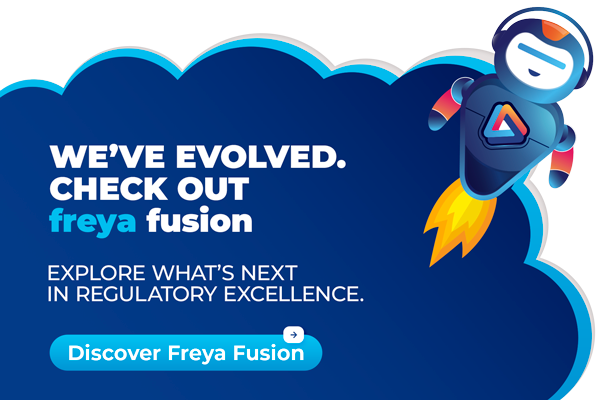
The world of life sciences is ever-changing and becoming more challenging, with fast-paced Regulatory guidelines being introduced frequently. Over the last decade, Health Authority (HA) guidelines have seen a manifold increase. In the current scenario, companies must adopt smart, modular & intelligent solutions in developing products to ensure global market reach and compliance. Also, challenges like high novel drug development costs and intensifying competition further complicate the risk management, directly impacting the business outcomes. With AI, ML, NLP, and other automation tools, companies can improve efficiency, enhance productivity, ensure safer drugs and devices, faster market entry, and remain longer in those markets, ultimately driving better business outcomes.
Life Sciences organizations must streamline product-entry strategies and processes by ensuring that the individual steps and functions are foolproof and accurate. Submission tracking, HA query tracking, dossier management, and data integrity are some areas that need considerable attention. Most Regulatory professionals face limiting factors like multiple teams working in silos, multiple data sources with data quality concerns, lack of transparency, failure to adhere to the timelines, and thus leading to systemic inefficiencies and cost overruns.
The need of the hour is a solution capable of overcoming the challenges mentioned above and automating other functional areas such as submission management & tracking, artwork & labeling, and more. A centralized Regulatory Information Management System (RIMS) can positively impact data quality confidence levels, effective utilization of resources, repeatability of processes, and low error rates to achieve Regulatory goals.
Some of the benefits of RIMS include:
Process Automation & Optimization
Since 1998, over 2,000 regulations or their modifications have been issued by the USFDA alone. Currently, there are above 150 national Regulatory bodies, thereby creating an ever-changing Regulatory environment for the Life Sciences industry to comply with. Implementation of futuristic RIMS speeds up the Regulatory operations by integrating with a new system or platform, with minimal coding & migrating data from an existing system to the cloud.
Acceleration of Time-to-market & Life Cycle Management
When integrated with an intelligent RIM solution, publishing and submission software can assist users in managing multiple submissions in parallel. They enable users to create easy to review documentation for quick product approvals and on-time product launches. To meet stringent deadlines, multiple users may have to work on the same document/module/application simultaneously. In such a scenario, RIMS offers an easy-to-manage environment for the users to share the work and complete the task within the required time. All the documents can be uploaded and reviewed concurrently to meet the agency deadlines successfully.
Unification of Information at a Single Location
RIMS enables users to store, access, modify and update data on a common platform and thus, enhances accountability, visibility, and communication between various functions. Automation, specifically NLP, can scan through multiple reports and forums to determine whether any product has been flagged as a safety concern. A new-age RIM solution could centrally cater to such demands from regional HAs with ease.
Decision Support Systems
From tracking product registrations, marketing authorization lifecycles, product data, Regulatory document management & generating reports, RIMS provides a one-stop solution for maintaining, submitting, and utilizing data, thereby providing an enhanced possibility of making accurate inferences and decisions.
Although there is a widespread acknowledgment of the need for RIMS deployment, it is often observed that switching to RIMS meets resistance in terms of investment in technology, efforts required to adopt a new system, and a general inhibition to reshape the processes.
In the recent past, the Life Sciences industry has shown immense reliability on automation by reportedly increasing its overall investment in innovative RIM solutions by close to 40%. Additionally, the implementation of modular RIMS has resulted in about 20% lesser costs incurred in Regulatory operations. One can commend the path-breaking advantages that come along with automation like better use of resources, efficient and informed implementation of strategic functions, subsequent costs reduction, and dynamic Regulatory foresight for these results.
To know more about how Freyr SPAR can help you automate Regulatory workflows and lifecycles in place of manual operations, thereby driving efficiency in Regulatory business operations, reach out to our experts at Freyr.
